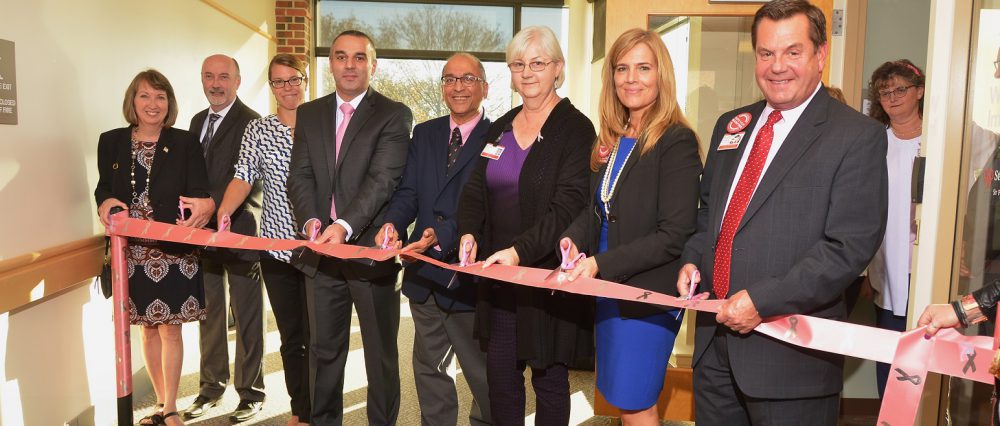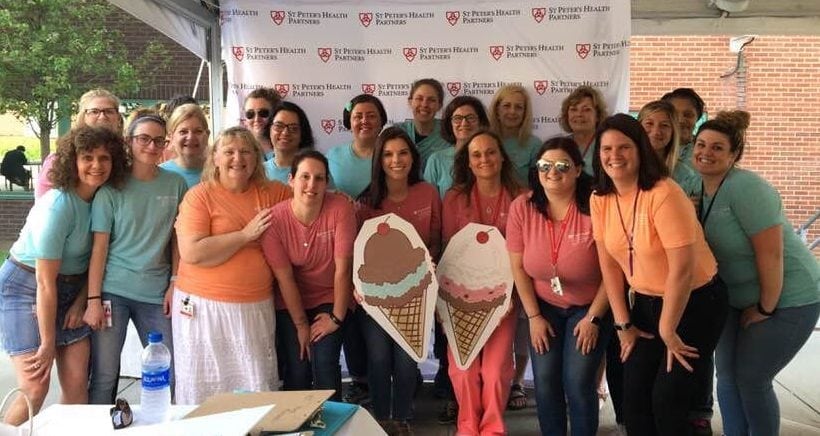
[This piece was written by Elizabeth Malloy, MSEd, CRA, RDMS, RT(R), CT, Director, Albany Acute Medical Imaging, St. Peter’s Health Partners.]
Although women still account for 99 percent of new breast cancer diagnoses in the United States, the American Cancer Society reports that about 2,600 new cases of invasive breast cancer will be diagnosed in men in 2016.
According to an international study published in the Journal of Clinical Oncology last year, men with naturally high levels of the female hormone estrogen may have a greater risk of developing breast cancer.
Estrogen levels have traditionally been linked to breast, uterine, and ovarian cancers in women. The study revealed that men with the highest levels of estrogen were two and a half times more likely to develop breast cancer than men with the lowest levels of the hormone.
Regardless, the message is clear – regular breast exams and being aware of any changes in your breast tissue is critical for both women and men.
Men should be aware and alert for any changes to their breast tissue, including:
- A lump felt in the breast
- Nipple pain
- An inverted nipple
- Nipple discharge (clear or bloody)
- Sores on the nipple and areola (the small ring of color around the center of the nipple)
- Enlarged lymph nodes under the arm
Earlier diagnosis could make a life-saving difference. With more research and more public awareness, men will learn that — just like women — they need to go to their doctor right away if they detect any persistent changes to their breasts.
Also worth noting – although studies have not found a link between male breast cancer and a family history of female breast cancer, a recent study showed an increased risk of prostate cancer among men who reported a family history of female breast cancer. Likewise, a family history of prostate cancer has been shown to increase the risk of breast cancer in women.
Both scenarios highlight the importance of providing health care providers with as complete a family health history as possible – identifying genetic factors (known and unknown), shared lifestyle factors, and other family traits is critical to good health.
St. Peter’s Breast Center (518-525-7536) provides breast health services in two convenient locations in Albany: St. Peter’s Breast Center on the third floor of 317 S. Manning Boulevard on the St. Peter’s Hospital campus in Suite 305; and St. Peter’s Breast Center – Washington Avenue Mammography at 1365 Washington Avenue in Albany, Suite 202 in the medical arts complex.
St. Peter’s was the first center in the Tech Valley region to be named a Breast Imaging Center of Excellence by the American College of Radiology (ACR).





